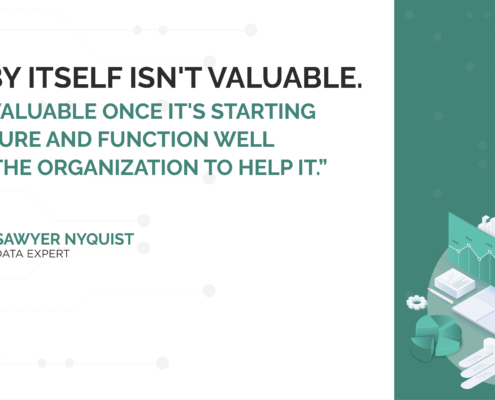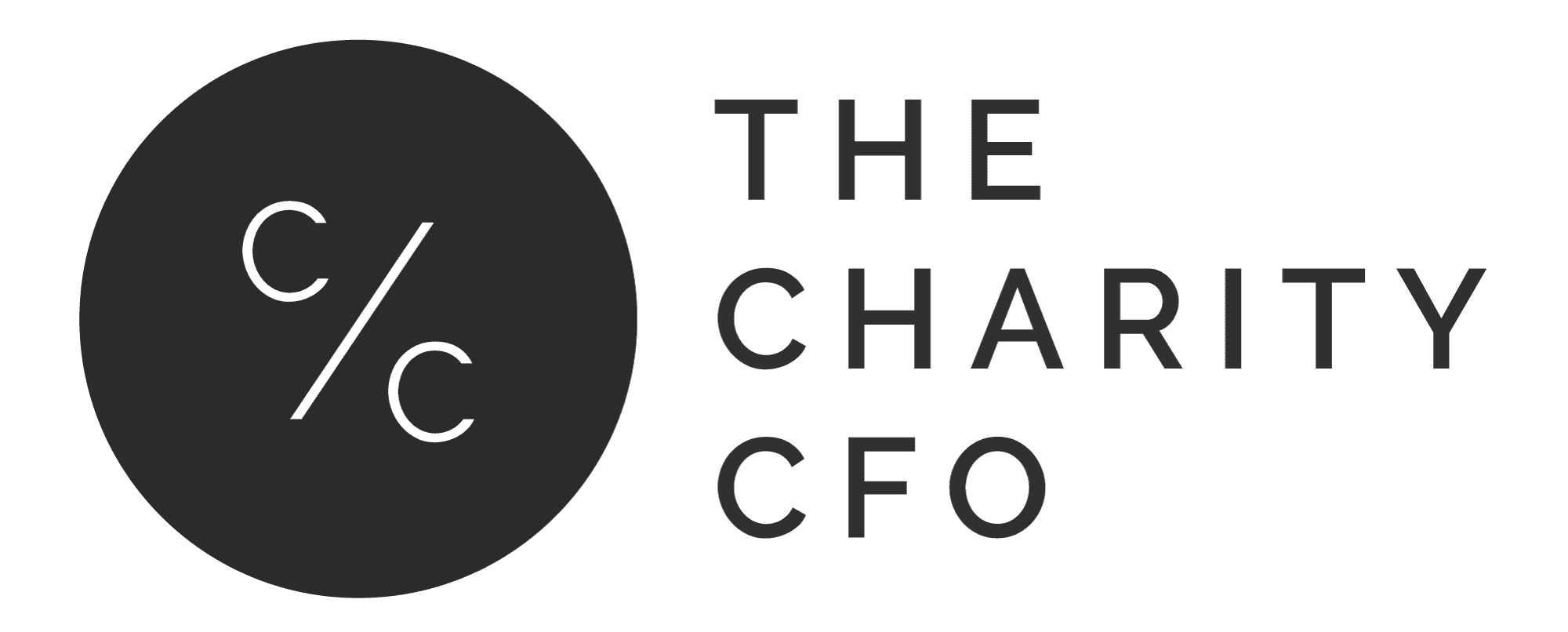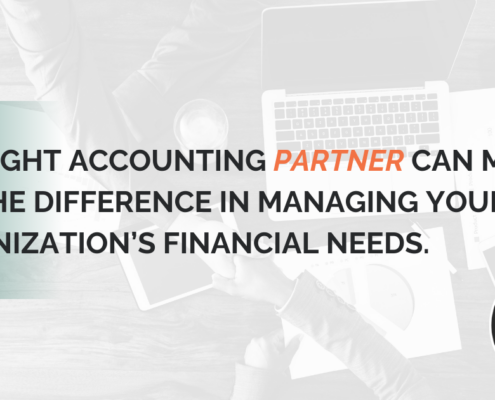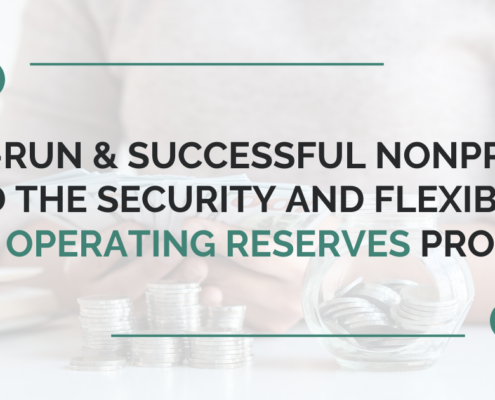
No matter your size or mission, every nonprofit needs operating reserves. But how much is enough? And how do you convince your board it’s not just okay to use them—but essential?
In this blog, we’ll unpack what operating reserves are (and what they’re not), how to determine the right amount for your organization, and how to manage them responsibly over time.
Want the full strategy?
Watch our free webinar: Building Reserves & Convincing Your Board to Use Them
Get actionable insights to build reserves—and real tips on getting your board aligned.
What Are Operating Reserves?
Operating reserves are your nonprofit’s financial safety net. They’re unrestricted funds set aside for unexpected needs—like cash flow gaps, urgent repairs, or one-time opportunities that can’t wait.
While your annual operating budget outlines the year ahead, life doesn’t always follow the plan. Reserves give you the flexibility to adapt without panic. They’re not an excuse for careless budgeting—they’re a tool for resilience.
And while reserves are accessible, they should be governed by thoughtful policies. Smart leaders define when reserves can be used and how they’ll be replenished. That clarity creates confidence—for you and your board.
What Reserves Are Not
Many nonprofit leaders confuse reserves with restricted funds or endowments, but these are entirely different tools.
Restricted funds come with strings attached—conditions set by the donor or grant. You can’t touch them for general operating needs. Endowments are designed for long-term sustainability, often with limits on how (or if) the funds can be used.
Operating reserves, in contrast, are fully at your organization’s discretion. They’re about readiness and responsiveness.
How Much Do You Really Need?
There’s no universal answer. Some organizations aim to cover three to six months of operating expenses. Others choose a fixed percentage of their annual budget. Larger, more stable organizations may opt for a set dollar amount based on historical trends.
What matters most is that your reserve target reflects your unique context. Consider your funding sources, the predictability of your revenue, and your operational risks. A nonprofit heavily reliant on seasonal fundraising, for example, needs more cushion than one with steady government contracts.
You don’t need to guess—we can help.
Start with our free Operating Reserve Policy template. Download it here!
Avoiding the Extremes
It’s tempting to swing to one of two extremes: hoarding cash or neglecting reserves altogether. But both can damage your mission.
Too much in reserves can signal to donors and staff that you’re stockpiling at the expense of impact. Too little leaves you exposed when challenges arise. Smart reserve management is about balance—protecting your mission today and tomorrow.
This is where policy really matters. When your board agrees on clear thresholds and triggers for using reserves, you avoid paralysis in times of uncertainty and eliminate the guilt around drawing on these funds when they’re truly needed.
Managing Reserves Over Time
Reserves are not a one-and-done decision. As your budget, programs, and external environment shift, so should your reserve strategy.
Make it a point to review reserve levels at least annually. Include updates in board meetings. Watch for patterns—are reserves being used too frequently? Or sitting untouched year after year? That data should inform adjustments in both policy and budgeting.
Your reserve strategy is a living part of your financial planning—not an afterthought.
Let’s Build It Together
Whether you’re building reserves from scratch or refining your existing policy, you don’t have to navigate it alone. At The Charity CFO, we help nonprofits create reserve strategies that align with their mission, satisfy their board, and stand up to real-world challenges.
Let’s talk.
We’ll help you determine the right amount, set smart policies, and build the internal and board support to make it stick.
Ready to take the next step?
If you’re looking to put these strategies into practice, our team of nonprofit experts is here to help. Contact us and let’s talk about how a fractional CFO can move your mission forward—starting with your finances.
Follow Us Online
Stay connected and get more exclusive content on:
- Website: https://www.thecharitycfo.com
- Instagram: @thecharitycfo
- Facebook: https://www.facebook.com/thecharitycfo
- LinkedIn: https://www.linkedin.com/company/the-charity-cfo-llc
- TikTok: @thecharitycfo
- Spotify: https://open.spotify.com/show/6hofQXPCxiPZuZy3OecW8y
- Apple Podcasts: https://podcasts.apple.com/us/podcast/a-modern-nonprofit-podcast/id1542301310














